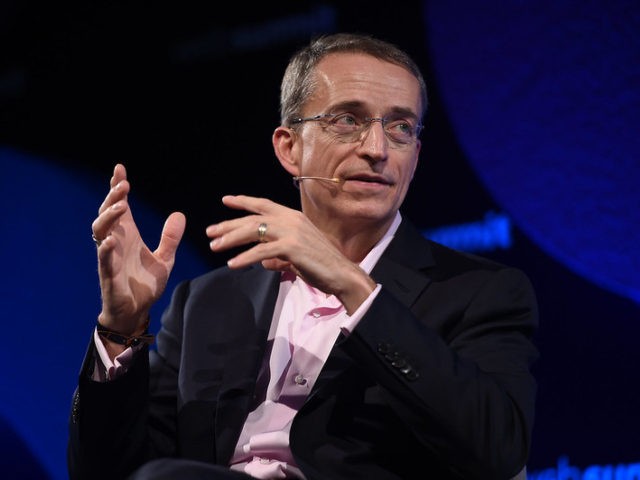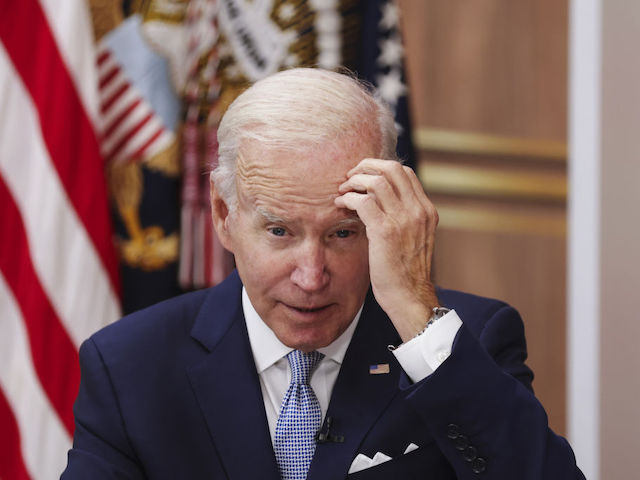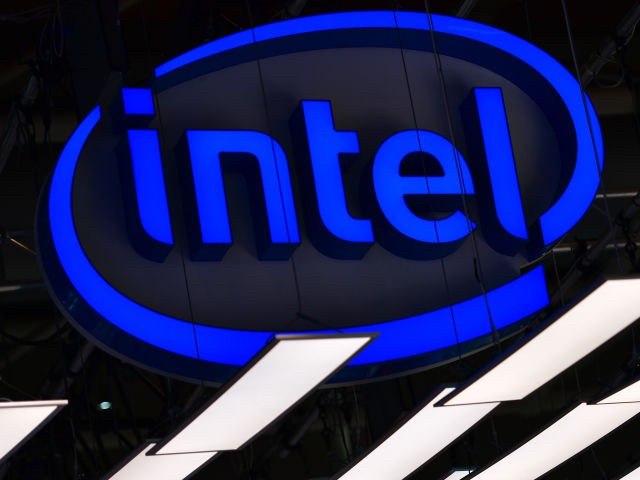Intel is searching for cost-saving alternatives following a rough second quarter. The chip giant’s CEO Pat Gelsinger told investors last week that he has exited six businesses since taking over as CEO in 2021, and that the company has recently exited its drone business.
“This is a time for a bit of austerity,” Gelsinger told Yahoo Finance. “We had stuff we created over the last decade that needed to be cleaned up. It helps drive a more accelerated pace to the transformation we have under way.”
The CEO added that the six business exits have freed up $1.5 billion for Intel to invest elsewhere.
Shares of Intel reportedly fell more than eight percent in Friday’s session, with seven Wall Street firms slashing their ratings on Intel’s stock.
Gelsinger told Yahoo Finance that Intel was “at the bottom,” with trends standing to improve as product delays ease and seasonal forces pick-up and encourage demand.
“Looking forward, we believe Intel’s weak report will likely further solidify the company as a ‘show me story’ until progress on manufacturing technology, product competitiveness and financial returns become more apparent to investors,” Deutsche Bank analyst Ross Seymore said.
“In our opinion, the first instance for Intel to rebuild credibility in its strategy will likely come in 4Q22, as the company’s updated guidance implies a sizable ramp in revenue and margins that is likely to be viewed as optimistic until delivered,” Seymore added.
In June, Intel delayed the groundbreaking ceremony for its planned multibillion-dollar chip-making facility in Ohio — referred to by Gelsinger as the start of a “Silicon Heartland” — due to worries over a proposed law designed to support U.S. semiconductor production.
The Ohio plant has been repeatedly highlighted by President Joe Biden as an example of a key manufacturing development and an indicator that the U.S. is taking a larger role in the global semiconductor industry rather than relying on countries like China as it has in the past.
You can follow Alana Mastrangelo on Facebook and Twitter at @ARmastrangelo, and on Instagram.



COMMENTS
Please let us know if you're having issues with commenting.